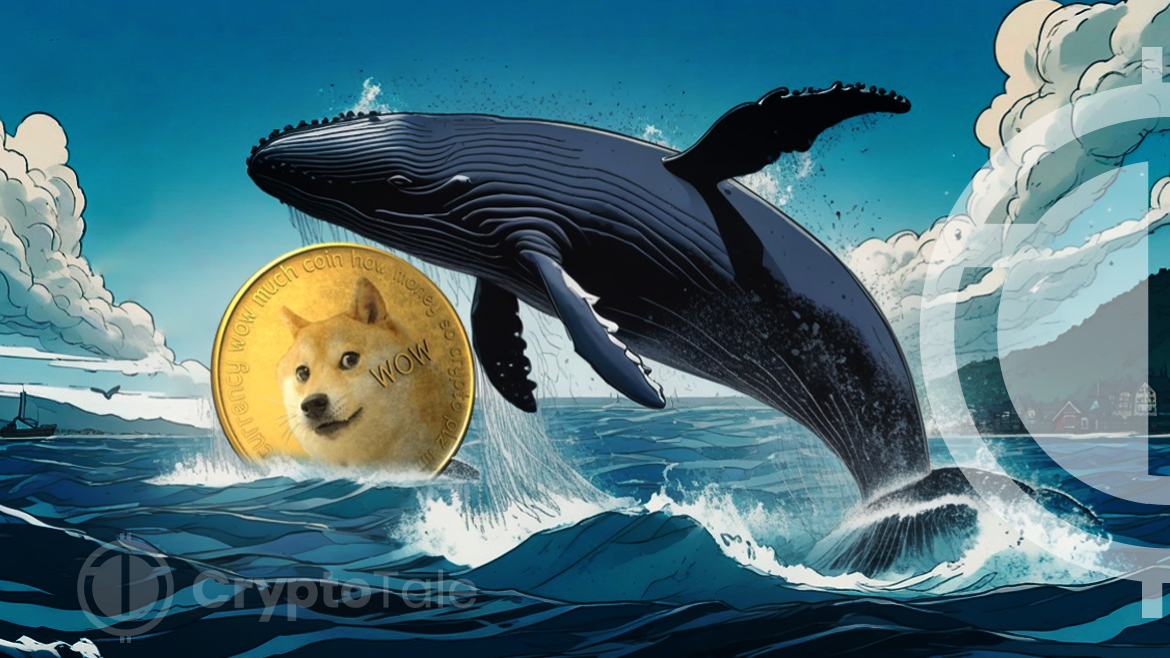- Dogecoin (DOGE) takes center stage again as whale movements spark speculation about its imminent trajectory in crypto.
- Recent on-chain data exposes a significant transfer of 230 million DOGE, valued at over $21.6 million, from a hidden wallet to Robinhood.
- Whale transactions signify profit-taking by early DOGE investors, emphasizing the crucial influence of market dynamics and investor sentiment.
In the ever-volatile world of cryptocurrency, Dogecoin (DOGE) has again grabbed the spotlight as whales made substantial moves with their holdings in the past week. The frenzy around these large-scale transactions has triggered conjecture about the near-future trajectory of the beloved meme-inspired digital currency.
In a recent X post, renowned on-chain data platform Whale Alert revealed that a prominent holder of DOGE, commonly referred to as a ‘whale,’ initiated a substantial transfer. This transfer involved moving an impressive 230 million DOGE, which presently holds a value exceeding $21.6 million, from a concealed wallet to the well-known crypto exchange Robinhood.
As influential figures in the cryptocurrency landscape, Whales possess substantial digital asset holdings that often wield significant influence over market dynamics. Their actions, particularly when substantial sums are shifted onto exchanges, typically indicate a predisposition to sell. However, deciphering the subsequent trajectory of these tokens post-transfer remains a complex task, primarily reliant on interpreting blockchain data.
The recent on-chain insights revealed the transfer of 230 million DOGE tokens from the coded private address “DDu…wKF” to a linked Robinhood address designated as “DHQ…3oU.” The recognized holder of significant Dogecoin reserves controls a substantial portfolio exceeding 2.8 billion tokens, valued at over $26 million based on current market prices.
This series of whale transactions holds particular significance against the backdrop of DOGE’s recent positive performance. DOGE is trading at $0.09359, reflecting a 1.61% rise within the last 24 hours and a 2.29% increase over the previous 7-day period.
Technical analysis indicates a tug-of-war scenario within the DOGE market, with indicators suggesting a nuanced equilibrium between supply and demand. While recent bearish pressure pushed DOGE below the 20-day EMA ($0.09), robust buying at the 50-day SMA ($0.09) hints at a potential reversal.
The recent whale transactions indicate a trend of profit-taking strategies adopted by initial investors who entered the DOGE market at lower price levels. The direction of DOGE’s near-term trajectory now significantly hinges on the evolving market dynamics and the prevailing sentiment among investors.












